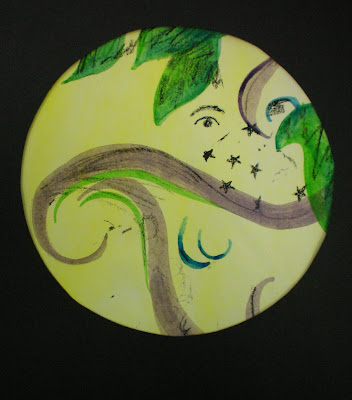The human being has always felt the need to represent all that surrounds him, finding in drawing the most interesting means to carry out this desire, the earliest examples dating back 35, 000 years, beginning with cave paintings.
The history of fashion illustration begins in the sixteenth-century when the increased exploration and discovery led to a fascination with the dress and costume of the nations of the world. Today, British artist David Downton creates beautiful fashion illustrations using watercolour and gouche paints, cut paper, pencil and lots of black ink.

Jewellery in its most basic form has been used since the dawn of man’s use of tools and clothing. In the Cartier design process, a sketch is drawn to serve as the foundations on which the jewel will be built. In most cases, the creation is centred around the stone, as it is usually the centrepiece. This life-size drawing that reproduces the colour, texture and density of the material in minute detail, will be used as the basis for all the subseqeunt stages.

Since the beginnings of time, human beings have tried to capture a sense of motion in their art. One of the greatest animators has to be Walt Disney. Many different techniques are used to create Disney Animations, including pencil and watercolour studies, ink character development, and ink and paint on celluloid cells.

In drawings, creative professionals record their first idea for a project and experiment with compositional schemes or study important details or their work. Drawing has become so much a technical by-product of studio work and is looked on merely as a preparatory aid to the artist, that for a long time it never occurred to anyone to treat drawings as works or art, to preserve them and value them in their own right.
(just some snippets from another research paper)
(photos via www.daviddownton.com www.cartier.com and The Art of Walt Disney)



































